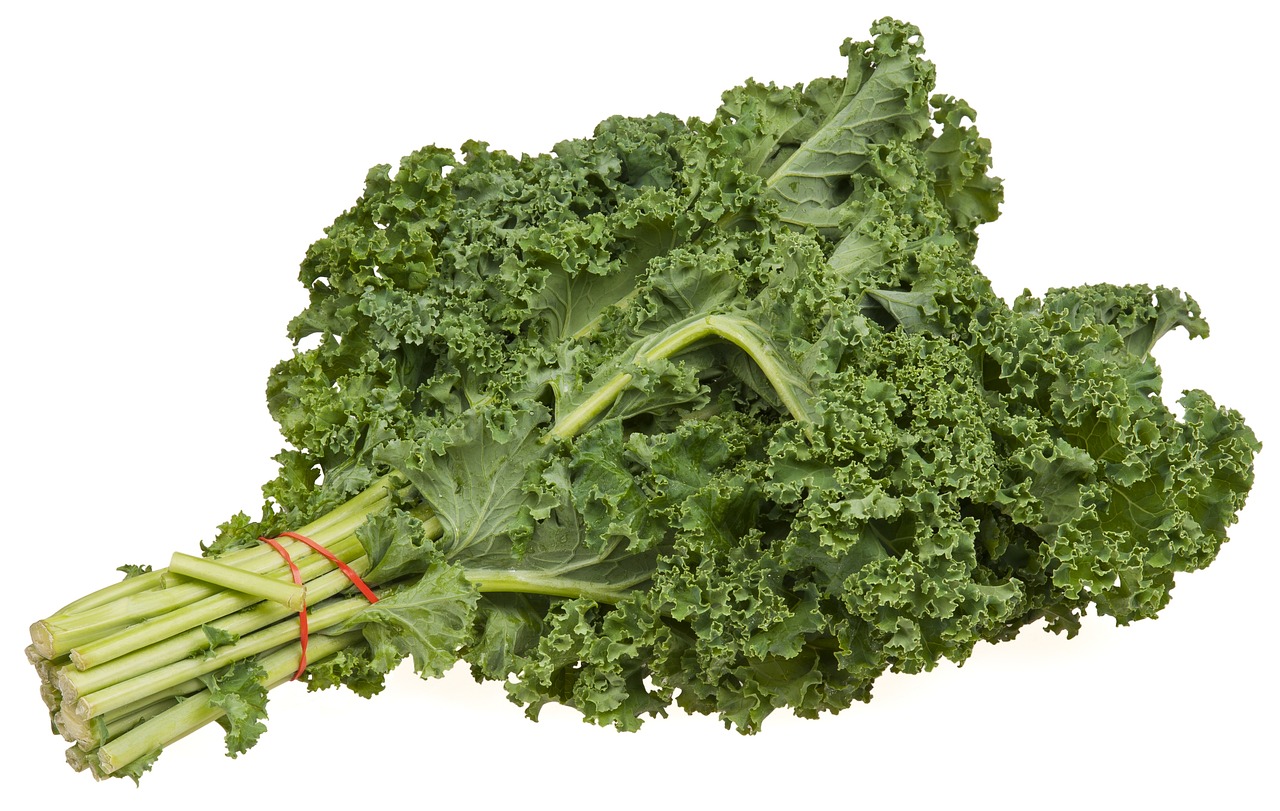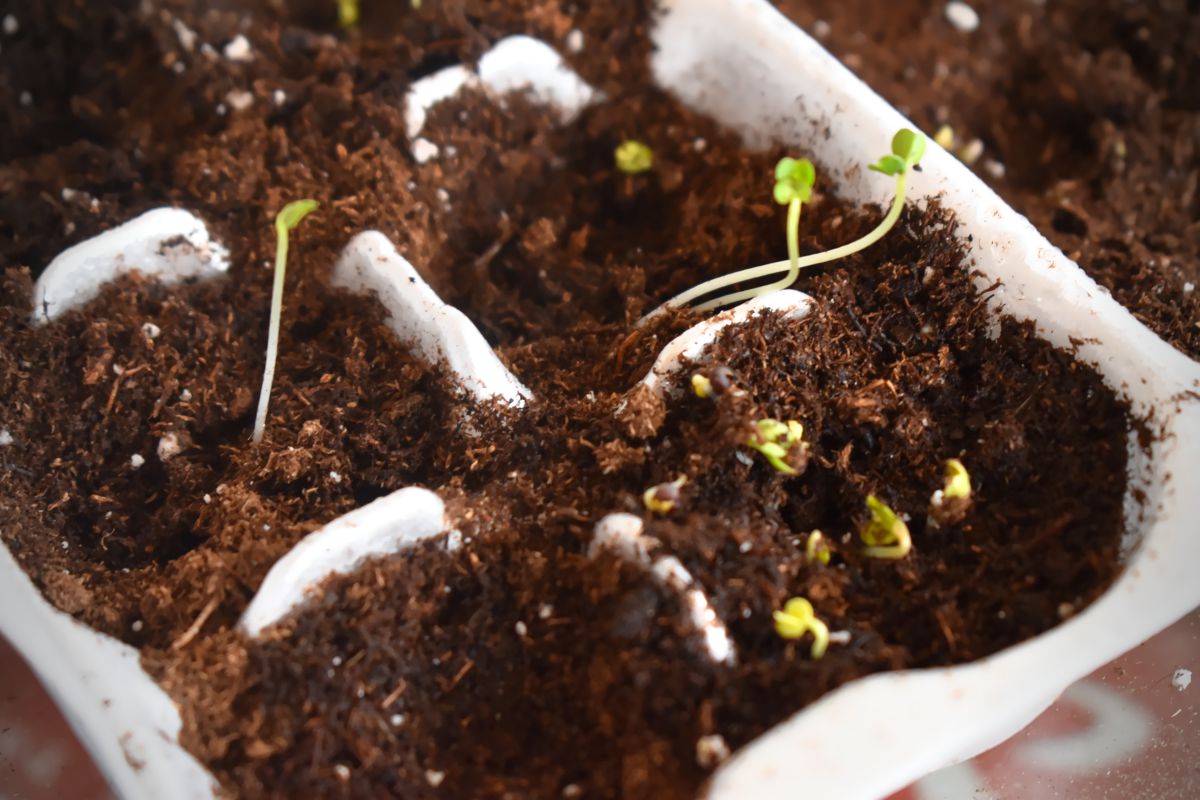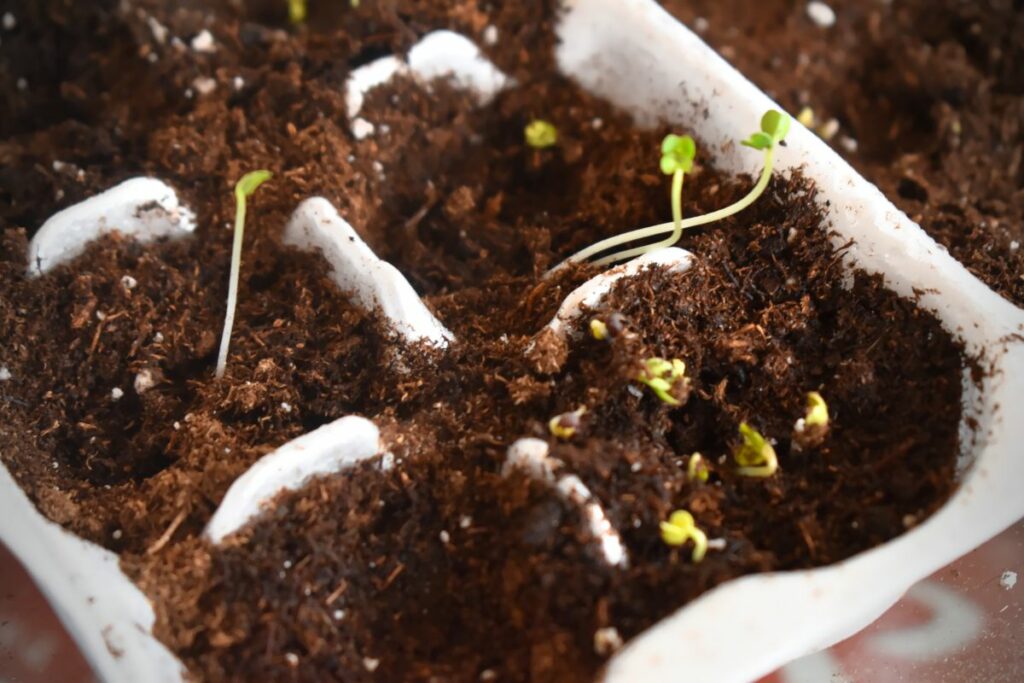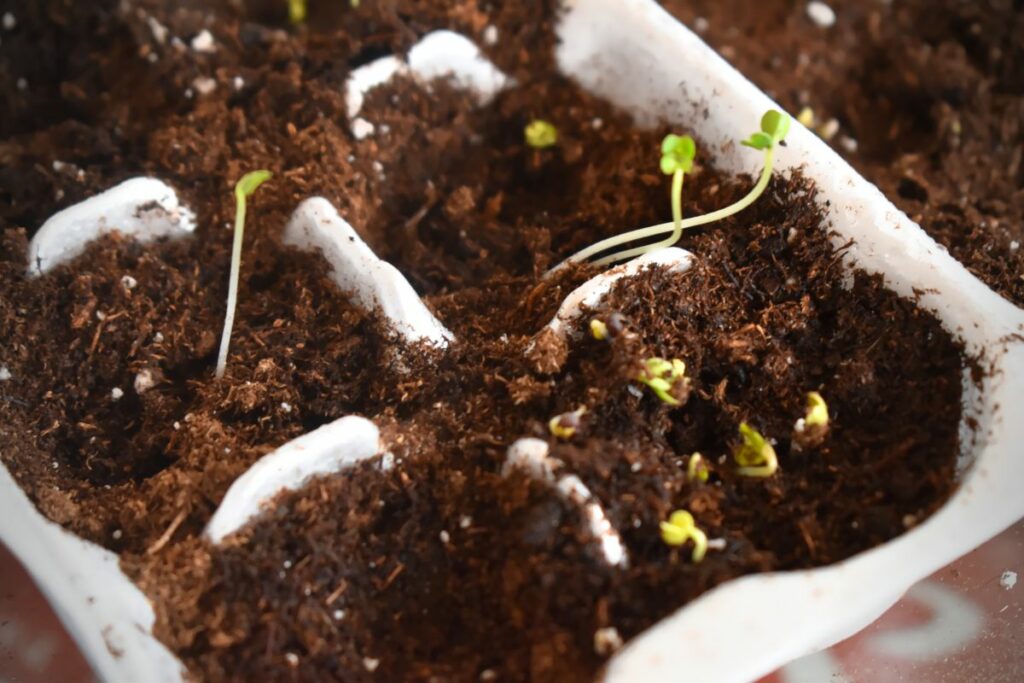Spinach is a leafy green vegetable that has been praised for its nutritional value and health benefits for centuries. Whether you enjoy it raw in salads or cooked in your favorite dish, there are many reasons why you should incorporate spinach into your diet.
Spinach Is Nutrient Rich
First and foremost, spinach is incredibly nutrient-rich. It is a good source of essential vitamins and minerals such as vitamin A, vitamin C, vitamin K, folate, iron, and calcium. These nutrients are important for maintaining optimal health, supporting various bodily functions, and preventing deficiencies.
Antioxidants
In addition to its high nutrient content, spinach also contains powerful antioxidants such as flavonoids and carotenoids. These antioxidants help protect the body from damage caused by harmful free radicals. By reducing oxidative stress in the body, spinach can help prevent chronic diseases such as cancer, heart disease, and diabetes.
Fiber
Spinach is also an excellent source of fiber, which is essential for maintaining healthy digestion. Fiber helps regulate digestion, prevent constipation, and promote a healthy gut microbiome. By promoting healthy digestion, spinach can help improve overall digestive health and prevent gastrointestinal disorders.
Vitamin K
Furthermore, spinach is an excellent source of vitamin K, which plays a critical role in bone health. Vitamin K helps activate certain proteins that regulate bone mineralization, which is important for maintaining strong and healthy bones. By incorporating spinach into your diet, you can help support optimal bone health and prevent bone-related diseases such as osteoporosis.
Regulate Blood Sugar
Another benefit of spinach is its potential to help regulate blood sugar levels. Spinach contains compounds that may help slow down the absorption of carbohydrates in the digestive tract, which can help prevent spikes in blood sugar levels. By regulating blood sugar levels, spinach may help reduce the risk of developing type 2 diabetes and other metabolic disorders.
Lastly, spinach is a versatile vegetable that can be easily incorporated into your diet. It can be eaten raw in salads or cooked in various dishes, making it a convenient and tasty ingredient that can be enjoyed in a variety of ways.
Spinach is a highly nutritious vegetable that offers a wide range of health benefits. By incorporating spinach into your diet, you can support your overall health and well-being. Whether you’re looking to improve your digestive health, support bone health, or prevent chronic diseases, spinach is an excellent choice that can help you achieve your health goals. So next time you’re at the grocery store, don’t forget to grab a bunch of spinach and start reaping its many health benefits!
Get Spinach Seeds Here
Spinach is a nutrient-dense leafy green vegetable that has been recognized for its health benefits for centuries. Here are some reasons why you should consider incorporating spinach into your diet:
- Nutrient-rich: Spinach is packed with essential vitamins and minerals such as vitamin A, vitamin C, vitamin K, folate, iron, and calcium, which can help support various bodily functions and prevent deficiencies.
- Antioxidant properties: Spinach contains antioxidants such as flavonoids and carotenoids, which help protect the body from damage caused by harmful free radicals. This protection can help reduce the risk of chronic diseases such as cancer, heart disease, and diabetes.
- Promotes healthy digestion: Spinach is an excellent source of fiber, which can help regulate digestion and prevent constipation.
- Supports bone health: Spinach is rich in vitamin K, which plays a critical role in bone health by helping to activate certain proteins that regulate bone mineralization.
- May help regulate blood sugar levels: Spinach contains compounds that may help regulate blood sugar levels by slowing down the absorption of carbohydrates in the digestive tract.
- Versatile: Spinach can be eaten raw in salads or cooked in various dishes, making it a versatile ingredient that can be easily incorporated into your diet.
Overall, spinach is a highly nutritious vegetable that offers a wide range of health benefits. By adding spinach to your diet, you can support your overall health and well-being.
How To Grow Spinach
Spinach is a cool-season crop that is easy to grow in your home garden. Here are some steps to help you successfully grow spinach:
- Choose the right location: Spinach prefers cool temperatures and partial shade, so choose a location in your garden that receives 3-4 hours of sunlight per day and is protected from strong winds.
- Prepare the soil: Spinach prefers well-draining soil that is rich in organic matter. Prepare the soil by adding compost or well-rotted manure to improve soil fertility and texture.
- Plant the seeds: Spinach can be planted directly in the garden as soon as the soil can be worked in the spring. Sow the seeds about ½ inch deep and 2-3 inches apart, and cover with soil.
- Water regularly: Spinach needs consistent moisture to grow, so water regularly to keep the soil moist but not waterlogged. Avoid overhead watering, which can promote disease.
- Thin the seedlings: Once the spinach seedlings have emerged, thin them to 6-8 inches apart to give them enough space to grow.
- Fertilize: Spinach benefits from regular fertilization throughout the growing season. Apply a balanced fertilizer every 3-4 weeks.
- Harvest: Spinach can be harvested once the leaves have reached the desired size, usually around 40-45 days after planting. Harvest by cutting the leaves at the base of the plant, leaving a few leaves on each plant to continue growing.
- Continue to care for the plants: Spinach can be grown as a fall crop as well, so continue to care for the plants as the season progresses. Watch for signs of pests and diseases, and take appropriate action if needed.
By following these simple steps, you can grow your own delicious and nutritious spinach in your home garden.
Alternatives If you Don’t Like The Taste Of Spinach
You can do it in powered form and make a shake out of it.











































































































































